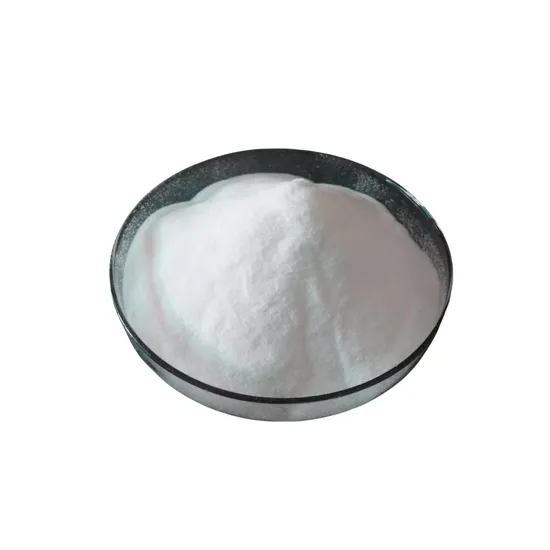
High-Performance TPU Hot Melt Adhesive for Instant Bonding
| US$7.90-8.30 | 20 kg (MOQ) |
Basic Info.
Material
Polyurethane
Classification
Hot Melt
Main Agent Composition
Polyurethane Elastomer
Promoter Composition
Tackifier
Color
White
Purpose1
Thermal Transfer Printing
Purpose2
Elastic Fabric
Purpose3
Lining (Clothing)
Feature1
Water Washable
Feature2
High Viscosity
Transport Package
Bag Box
Specification
1KG 20KG
Trademark
HUIJU
Origin
China
Product Description
| Physical properties ºC 110-120 |
| Melt flow rate(2.16KG) 160ºC g/10min 18-20 |
| Color visually internal colorless |
| Density g/cm³ 1.1 |
| Powder properties |
| Particle Size Distribution(PSD) Air Jet Sieve μm particle |
| 0-80 |
| 100-200 |
| Other information |
| REACH conforn |
| Processing conditions pressing temperature time pressure |
| 120-130ºC 8-12s 2-4kg |
>> Rechargeable Soft Multifunctional LED Camping Lantern Light for Outdoor Camping
>> Shredder Tire Tread Cutting Recycling Machine Waste Tire Tread Cutting Processing Machinery
>> Double glass thermal break low u value sliding sash windows for villa
>> Waterproof WBP glue new zealand radiata pine LVL for house framing timber
>> Chlorinated Polyethylene CPE 135A Is Used in The Plastics and Rubber Industries
>> Stage Atomasphere Equipment Single Red 200MW*8PCS Moving Head Laser Light
>> PE600X900 Jaw Crusher for 120t/Hr Gravel Stone Production Line
>> The Vert Green Tea Achoura
>> Zoo Theme Inflatable Jumping Bouncer for Kids (AQ230-6)
>> 1000L Industrial Cosmetic Movable Vertical Gelatin Food Industrial SS316 Food Grade Jacket Custom Stainless Steel Storage Tank
>> Zy 708 Automatic Steel Pipe Making Machine Tube Production Line Welding Tube Mill Stainless Steel Tube Forming Equipment Pipe Extruction Line
>> Servo Plastic Electrical Housing Molding 90ton Injection Molding Machine
>> Pipe Welding Machine TIG/MIG/Saw/ Multiple Choices
>> Plate Load Tester of Soil testing equipment K30 k60
>> Rock Stone Machinery Jaw Crusher Mining Machine
>> 100% Organic Durable Bamboo Wood Cheese Board Knife Set With Slate And Handle
>> 12js-130 Rock Picker Mounted Stone Provided Farm Machine Heavy Stone Picker
>> The Best Selling Food Grade Additives Aluminum Free Double-acting Baking Powder
>> Stylish Neoprene Dumbbell Set for Women′s Fitness Goals
>> Processing customized wear-resistant, anti-aging, anti-wear nylon floor stick for mine cableway
>> Paper Product Making Production Line Toilet Paper Making Machinery
>> Used Mobile Medical radiography system X Ray Equipment Second Hand Practix 100 plus X-Ray Machine
>> Cotton Garment Fabric Non Woven Waste Recycling Machine
>> Durable Lightweight Corduroy Bucket Bag Spring Cross Body Bag Vertical Casual Mini Tote Bag with Adjustable Shoulder Strap for Comfort
>> Rubber Automotive Timing Belt OEM Auto Spare Part
>> plate load tests (static plate) with standard plate 300mm/600mm
>> Modern TV Stand with Storage LED Wooden
>> Solar Adventure Rechargeable LED Camping Lantern of USB LED Flashlight Lamp Light
>> Tepps 280ap Stainless Steel Plastic Continuous Bag Packing Food Smart Sealer
>> Space Saving Wall Mounted Toilet Brush with Holder for Bathroom